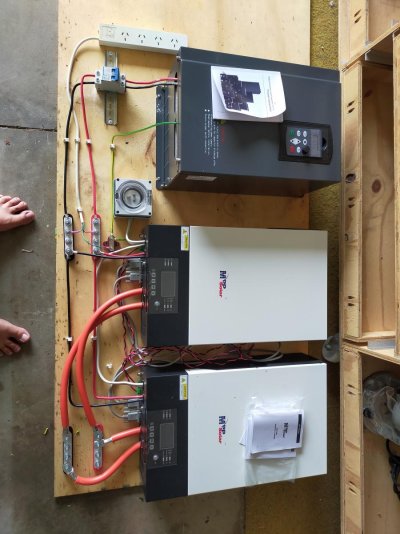AndreHuizing
Veteran Member
Thanks for your extensive reply!Apart from the diving equipment our usage seems quite similar. I’d like to draw approx a max of 8kW AC (220v in our case).
When not using the same voltage for storage as the normal dc circuit (24v) I wonder why 48v. E.g. why not 72v? Challenges of up and down stepping seem the same?
Also wondering about charging this with present alternators (150A mastervolts 24v)?
Seems like I have to “sandwich” the bank in stepping up and stepping down dc/dc convertors?
Btw: I came up with the 64 cell setup as that is about the max that fits in our present (AGM) house battery storage compartment.
When not using the same voltage for storage as the normal dc circuit (24v) I wonder why 48v. E.g. why not 72v? Challenges of up and down stepping seem the same?
Also wondering about charging this with present alternators (150A mastervolts 24v)?
Seems like I have to “sandwich” the bank in stepping up and stepping down dc/dc convertors?
Btw: I came up with the 64 cell setup as that is about the max that fits in our present (AGM) house battery storage compartment.

